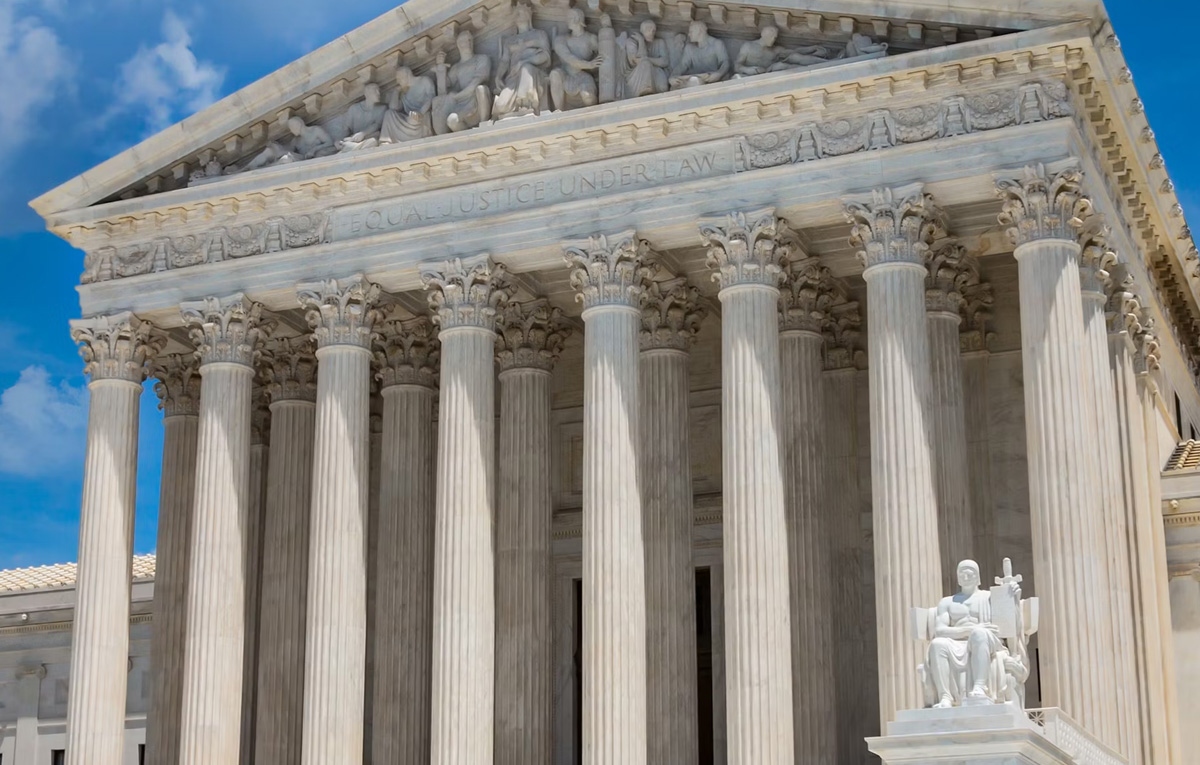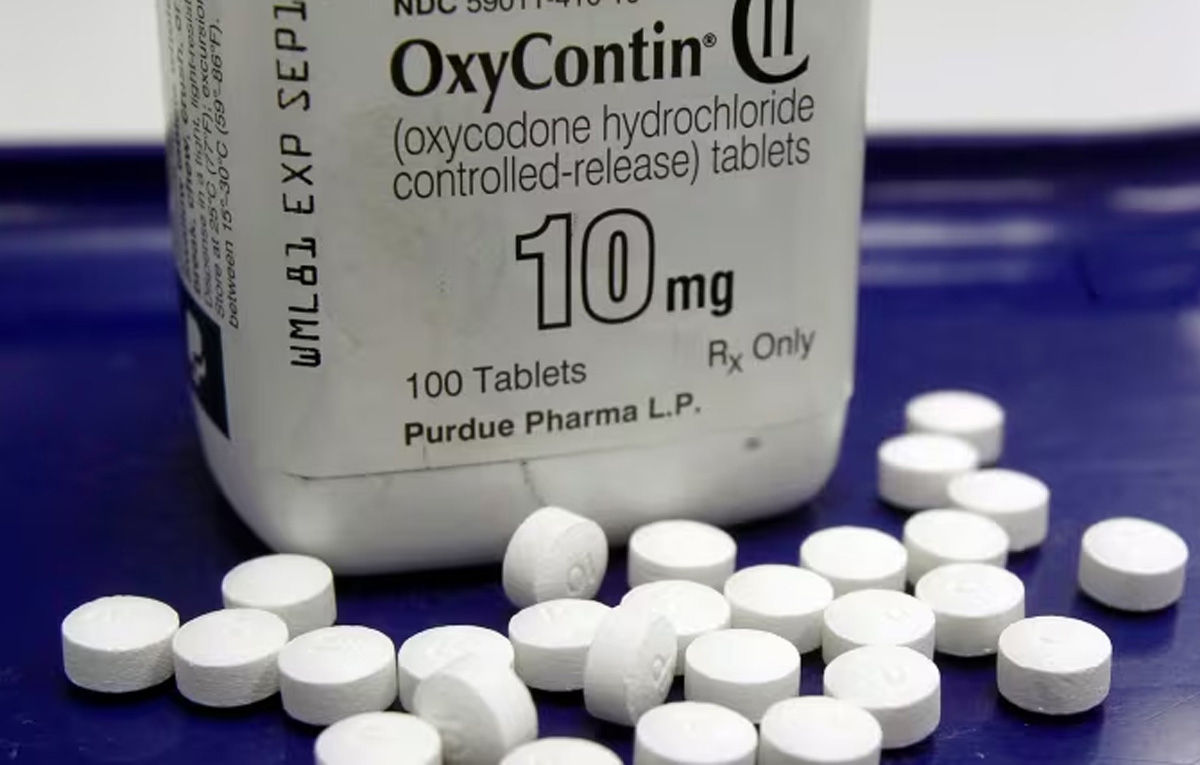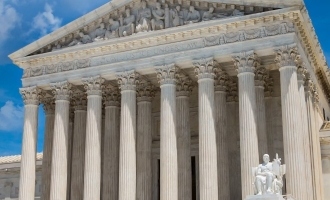 The Supreme Court recently handed down a pivotal decision in the Purdue Pharma case, a ruling that stands to significantly impact the future of bankruptcy proceedings in mass tort cases. At the heart of this case was Purdue Pharma’s bankruptcy plan, which proposed shielding the Sackler family from future civil liability related to the opioid crisis—a plan that faced both staunch support and rigorous opposition.
The Supreme Court recently handed down a pivotal decision in the Purdue Pharma case, a ruling that stands to significantly impact the future of bankruptcy proceedings in mass tort cases. At the heart of this case was Purdue Pharma’s bankruptcy plan, which proposed shielding the Sackler family from future civil liability related to the opioid crisis—a plan that faced both staunch support and rigorous opposition.
The Case at a Glance
Purdue Pharma, the maker of OxyContin, filed for bankruptcy in 2019 as it faced thousands of lawsuits for its role in the opioid epidemic. The company’s proposed bankruptcy plan included a controversial provision: releases that would protect the Sackler family, who owned Purdue, from future lawsuits. This provision was designed to ensure that the Sacklers would contribute $6 billion to the settlement fund for opioid victims, but it also meant they would avoid further civil liability.
Arguments in Favor of the Plan
Proponents, including a large majority of creditors and victims, argued that the plan was the best possible outcome. They stressed that without the releases, continued litigation could deplete Purdue’s assets, leaving many victims without any compensation. As noted by attorneys representing creditors, the interwoven financial dealings between Purdue and the Sacklers meant that lawsuits against the Sacklers could indirectly drain Purdue’s bankruptcy estate. This viewpoint was shared by many justices, including Justice Kavanaugh, who highlighted the practical need to address uncertainties and maximize recovery for victims.
Opposition and Legal Concerns
However, the U.S. Trustee, representing the Department of Justice, vehemently opposed the plan, arguing that it set a dangerous precedent by allowing non-debtor third parties to escape liability without claimants’ consent. Justice Jackson and others echoed this concern, questioning the fairness and legality of such broad protections, especially given the Sacklers’ alleged role in siphoning off Purdue’s funds before the bankruptcy filing. Critics argued that these non-consensual releases could undermine accountability and justice for victims (Oyez) .
Implications of the Decision
The Supreme Court’s decision has profound implications for the future use of bankruptcy to resolve mass tort claims. It raises critical questions about the balance between providing swift compensation to victims and ensuring that those responsible for significant harm remain accountable. Moreover, it underscores the complexities involved in using bankruptcy law to address large-scale public health crises.
While the Court did not provide a clear resolution, the divided opinions highlight the ongoing debate about the role of bankruptcy in such contexts. This case may prompt legislative action to clarify the limits of bankruptcy protections and ensure a fairer process for all parties involved.
Looking Forward
As the legal community and affected parties digest this decision, it remains clear that the Purdue Pharma case will serve as a landmark in bankruptcy law. It brings to the forefront the tension between expediently resolving mass tort claims and maintaining accountability for corporate and individual wrongdoing.
>>> Read full article>>>
Copyright for syndicated content belongs to the linked Source : IndiaGlitz.com – https://www.indiaglitz.com/supreme-courts-purdue-pharma-decision-tort-bankruptcy-tamil-news-356516































